
What Is Crowd to Community?
An effort to unite individuals occupying the same space & restore them as a community (with a common unity). We primarily do this in the context of a local school, with the help of community partners, using a 3-tiered process:
-
Tier 1
We provide character/leadership development to K-12 schools through presentations, workshops, & a project-based service learning approach that meets Common Core standards.
-
Tier 2
At the same time, we recruit community partners, coach & equip them to build an ongoing relationship with the school, & train their volunteers in our character/leadership development program.
-
Tier 3
We mobilize school members & community partners in an aligned effort to serve their shared community & carry on the project long after we've gone.
Who Is Crowd to Community?
Crowd to Community grew out of the passion of a few individuals working in different communities on various levels. The combined influences from our experiences in the education, business & faith sectors provide a holistic approach to the need for unity, communication, & service in our communities.
We connect people & equip leaders from within the community for continued success & growth. Our goal is not to take over or lead for you, but to equip you & other community members to lead well, long after we're gone.
Chris Priebe

Public speaker, nonprofit leader, pastor, husband & father. Chris started the Crowd to Community project out of a passion for people & restoration.
Bethany Priebe
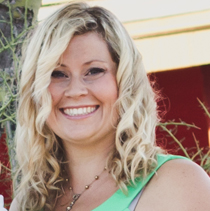
Phoenix Program Director for Apartment Life, Bethany helps equip people to build community at several apartment properties.


Resources For Schools
As educators & administrators, you have SO much on your plate! And you can't do it all alone. It takes a village... So we're here to help. First, we have some free resources available. We also offer coaching & consultation for the culture of your campus, school presentations on character, and leadership development for staff & students.
-
Leadership Transformation Model
An educator has the opportunity to transform students into leaders. This simple model helps with that transformation process.
-
Project-Based Service Learning
Check out our PBSL plan for helping students gain skills through a yearlong, facilitated program, identifying community challenges, investigating solutions & implementing action.
-
Help Finding A Partner
We know one of the best ways we can help your school is by helping you establish a relationship with a local community partner. Contact us if you'd like help in this area. We're great networkers!
Community Partner Resources
Community partners can be an essential asset to the local school, helping them to flourish. A community partner can be a church, business or nonprofit local to the school. Whoever you are, your volunteers must be willing to commit long-term with consistency. Without lasting relationships, lasting change will not take place.
-
"Getting Started"
Download PDF on how you can get started as a community partner with your local school.
-
"What Are The Boundaries?"
For churches wishing to partner with your local school, this document will give you an idea of what a healthy church/school relationship can look like, along with the basics of church and state guidelines.
-
"For AND With"
This resource will help you learn how to serve others without making them feel like a charity project. A good community partner is not only for the welfare of the school, but also teams with the school for the health of the whole community.
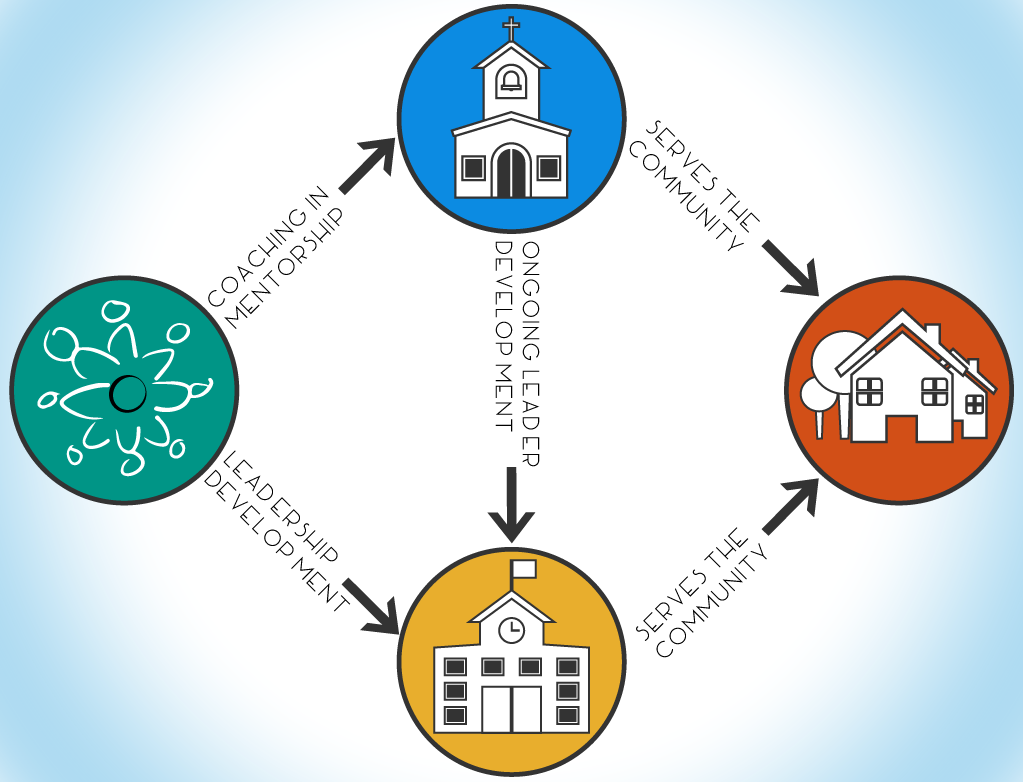
The Year One Project
This is a paid service that goes far beyond the free resources we offer.
If you want a kickstart to community transformation, we can help. Over the course of one year, we provide several character & leadership development services to the school. At the same time, we recruit one or more community partners & train them to continue working with the school year after year. After year one, we're gone. The community partners take over from there. We've found community transformation to be most effective when members of the community work together & it's not dependent on an outside organization. Our goal is to provide you with the tools to make your own community what you want it to be!
What It Looks Like
The School
-
School-wide Assemblies
-
Student Leadership Workshops
-
Project-Based Service Learning
-
Campus Culture Consultation
-
Staff Workshops
-
Parent Workshops
School Info
Community Partner
-
Coaching for Leaders
-
Training for Volunteers
-
Connection to Community
-
Service Opportunities
-
Boost Member Morale
-
Ties Into Your Org Mission
Partner Info
The Community
-
Service Project from School & Community Partner
-
Youth w/ More Holistic Education & Experience In Giving
-
Better Relationships & Communication Among Community Leaders
-
Long-Lasting Community Transformation
How Can I Help?
Contact Us For More Info & Pricing
Community Change Blueprint
- 0) Getting started...
- 1) What could it be?
- 2) What's the bad news?
- 3) Who's affected?
- 4) What's the good news?
- 5) What's in the way?
- 6) Where do we go next?
- 7) How do we keep this?
0) Getting Started...
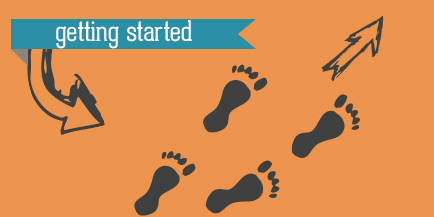
The following 7 questions are meant to serve as a guide in thinking through & acting on restoring or bettering your community. By no means are we suggesting that lasting change is a simple 7 step process. However, this is a great place to start. Asking yourself these questions about your community and its needs will hopefully lead to answering those questions... and to action!
1) What would your community look like perfect?

Imagine everything the way it should be. A perfect community where people care for one another and meet each other's needs.
Don't just imagine a fake utopian place you've never seen. Specifically picture the people, places, groups, businesses, & so on, that you know in your community... only without the obstacles, hurt, brokenness, etc.
This will help give you a baseline to better answer Question 2 - "What's keeping it from being this way?"
2) What's the bad news?
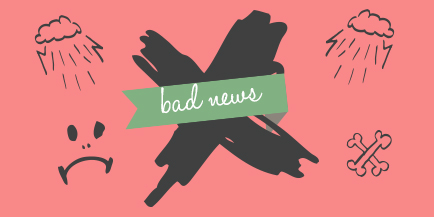
Now that you have your perfect community in your head...
Action item:
- Identify the problems that make your community fall short of this. It may be helpful to start with just one. To start, identify one need that you might be able to realistically do something about (with the help of others, of course).
Don't just stop at "what" is wrong, but also ask "why" it is this way.
3) Who is affected by this bad news?
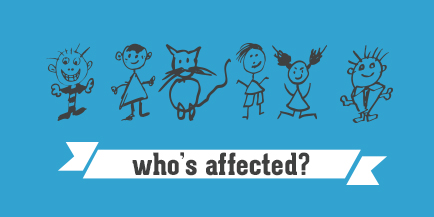
Who is at risk? Who has been affected or could be affected by this in the future? Who cares about this?
Action items:
- Identify stakeholders and potential partners. Those who will serve and be served are ideally one in the same. Since this is an issue that affects the whole community, get as much of the community involved as you can (churches, schools, businesses, parents, etc.).
- Begin the conversation. Get these people together and talk about the need you've identified. You may find they see a different need than you saw. Talk about the barriers. Talk about how you will overcome those barriers. Talk about why this affects everyone.
- Clarify the mission. Everyone needs to be on the same page. There may be different roles & tasks assigned, but the endgame is the same for all.
4) What could be good news to this situation?

Looking specifically at the need you've identified, what are possible ways to meet it?
Action item:
- Define solutions that would meet the needs. What could happen or take place to make this situation better? What would solve the problem - or at least help the people affected by the problem?
Think of this in holistic terms. The good news to counter the bad news ought to speak to every person, place & thing affected by the bad news.
5) What's standing in the way of the solution?
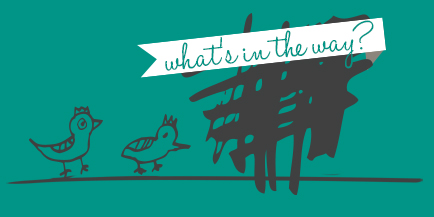
What are the threats to this good news taking place?
Action item:
- Define the barriers to the solutions. There may be many or there may just be one gigantic barrier, so try to look at it from all angles. This is why having this conversation in community is important, because others will see what you cannot.
6) Where do we go next?

Where do we go from here? How do we get around these barriers?
Action item:
- Model the solution. People won't follow your words. People also tend to wait for someone else to make the first move. Make it. Then, keep doing it.
- Get a plan. Yes, your action item is to get a plan of action. We can't give you the solution. Problems communities face are best addressed from within that community. And don't think about trying to come up with the plan on your own. Use the other people involved that you started the conversation with. Together, come up with a plan of action (not just more meetings, but actual action).
- Provide opportunities to serve & to be served. Don't try to do this all on your own and don't make it an "us & them" outreach either. The people affected by the bad news want to play a part in seeing the good news come. They also have resources, gifts, talents, skillsets, etc. Use them!
- Be sure to follow up with each person assigned a task & follow through with your own.
7) How do we maintain the solution?

So now that we've seen some progress (or even accomplished our goal), how does this change things? Well, it doesn't.
Action items:
- First, celebrate! Make sure you take time to acknowledge all the hard work everyone did & invite a culture of celebration. This is vital to the longevity of a healthy community.
- Next, don't stop! Continue to model the solution. Like cleaning your bathroom, the mess will come back if you don't maintain it. Continue to put a healthy vision in front of your community & figure out what will maintain your progress. Basically what we're saying is, the solution does not go away when the problem does!
Continue to provide opportunities to serve & be served. Continue to assess the needs of the community & invite others to help you identify solutions. Train others to lead. The goal is to get to a place where the solution continues even when you do not. A good leader makes more leaders. These new leaders will make your job easier & continue the work, but they will also identify other needs (they're out there) & come up with other ways to bring good news to those situations!




